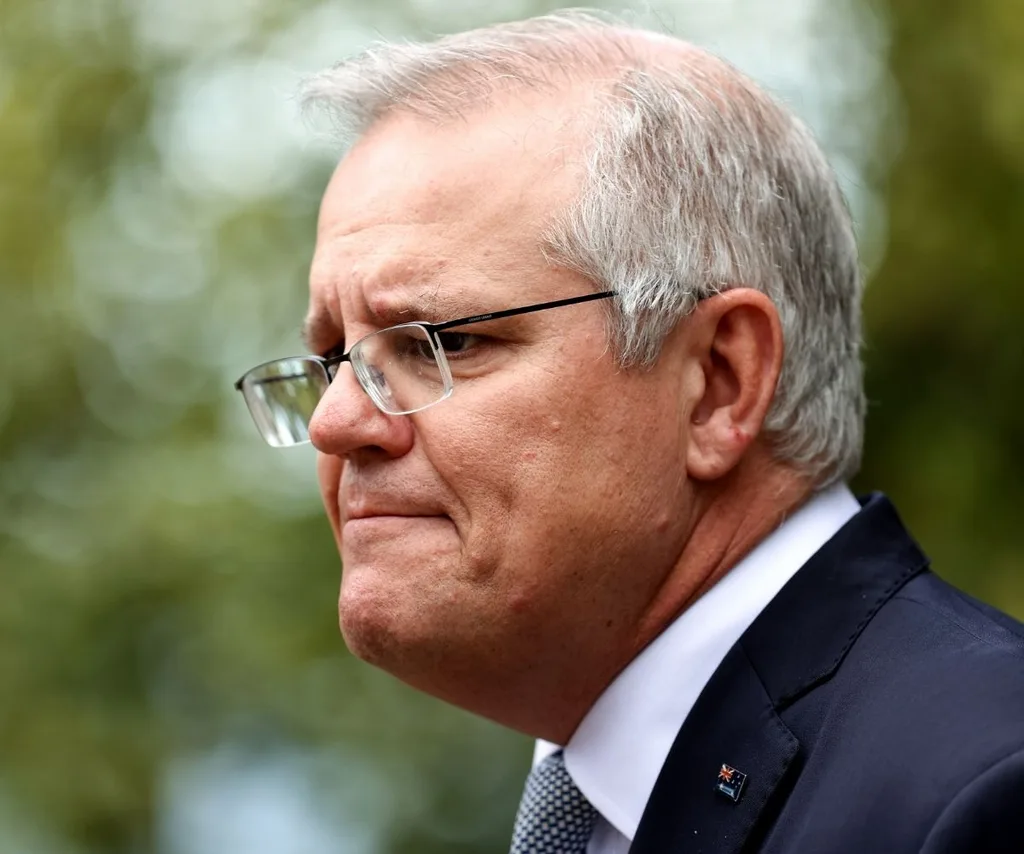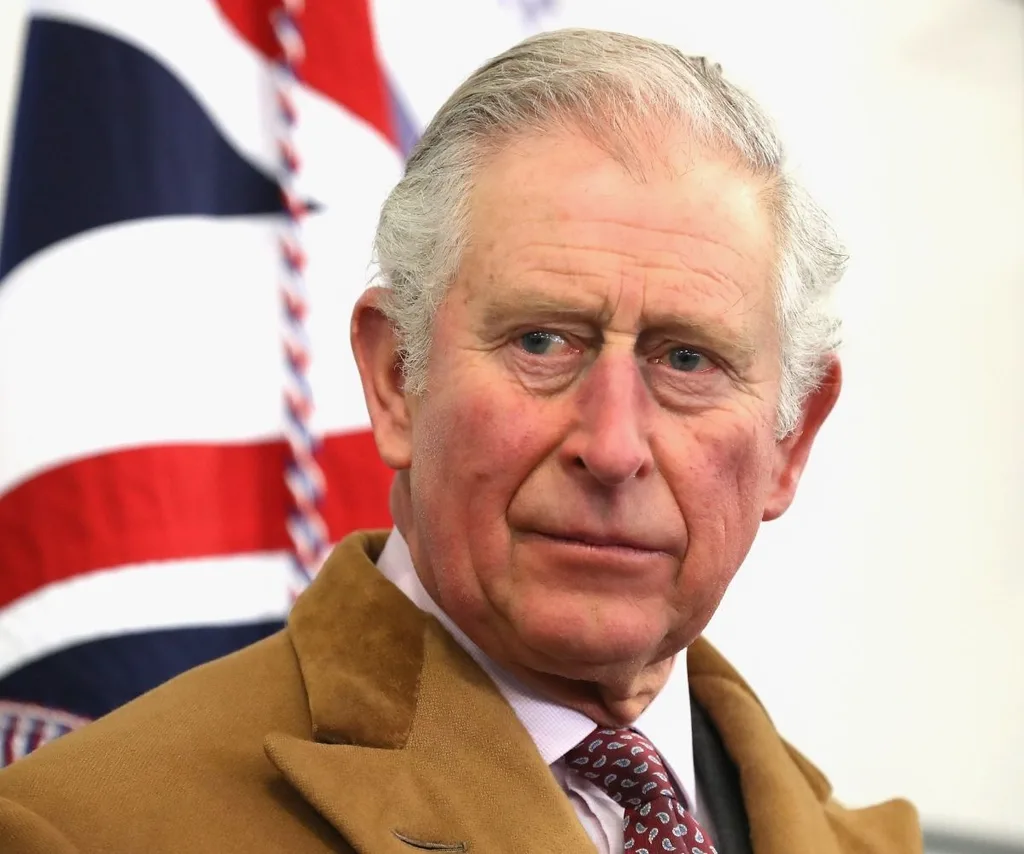After weeks of battles between the Liberals and the Nationals on Tuesday, the government finally announced their plan to achieve net-zero emissions by 2050.
To achieve this, they will need to reduce the amount of carbon dioxide produced in Australia, so it’s less or the same as we are producing.
The plan outlines five principles that will help achieve their vision: technology not taxes, choices not mandates; drive down the cost of range of technologies, keep energy prices down with affordable plus reliable power, and to be accountable for progress.
However, Australians, critics, public figures, and even celebrities like David Campbell have called out the government for rebranding already enacted policies.
On Twitter, the Today Extra host retweeted a post by Australian journalist Laura Tingle regarding the government document, which is “based on our existing policies.”
“If the plan is saying the word plan over and over, then this works,” David captioned it.
Prime Minister Scott Morrison and his cabinet don’t want to harm our economy, which is a driving force behind their decision to rely on technological advances to reach zero-emission.
But people are frustrated by this lacklustre plan, which, as the ABC pointed out, has its faith hinged “on technologies that don’t yet exist.”
Opposition leader Anthony Albanese spoke against the plan and called out the Prime Minister for using his marketing skills to blanket a global crisis.
“Scott Morrison left it to the last possible minute to outline a scam that leaves everything to the last possible minute. The word plan doesn’t constitute a plan, no matter how often [Scott] said it,” he remarked.
“As always, with this Prime Minister, it is all about marketing.”
So, what technology is the government relying on for its $20 billion plan? Well, like Triple J’s Hack pointed out, it doesn’t include investments into renewables, and its relationship with coal is too close for comfort.
The government has included Soil Carbon Sequestration in its plan, which is a process that removes carbon in the atmosphere and soil.
Carbon Capture and Storage (CCS) is another technology that will be deployed, which can take CO2 from large amounts of fossil fuel plants and store it underground to keep it from entering the atmosphere.
However, while that sounds like an ingenious invention, The Climate Council has announced its use will only extend the use of fossil fuels, which will ultimately turn its back on the demand to invest in renewables.

“As always, with this Prime Minister, it is all about marketing.”
(Credit: Getty)The government is also looking to hydrogen as a zero-emission fuel; however, the ABC has pointed out that “getting it in a pure and useable form involves processes that can produce a lot of emissions.”
Scott Morrison doesn’t want his climate plans to hurt regional jobs because of pressure from the Nationals.
They are estimated to create “62,000 jobs” in heavy industry and regional mining by eventually shifting to new technologies. However, it’s worth noting that they haven’t made any plans to transition workers’ skill sets.
David isn’t the only public figure who has an issue with the government’s smoke and mirrors approach to climate action.
Prince Charles delivered a bold message to Scott Morrison for his initial hesitation to attend the UN’s Climate Change Conference (COP26), held from Sunday 31st October to Friday 12th November.
During an interview with the BBC, Prince Charles was told the Prime Minister remained on the fence about attending.

Prince Charles shared words of advice for the Australian Government.
(Credit: Getty)“Is that what he says?” the heir to the throne asked climate editor Justin Rowlatt.
Justin then pressed the royal to give advice to the Australian government regarding their inaction when it comes to climate change.
“I mean you gently try to suggest there may be other ways of doing things, in my case anyway, otherwise you lot (the media) accuse me of interfering and meddling, don’t you?” Charles replied.
In 2021, we have all been touched by the climate crisis directly and with record-breaking weather events becoming more common, is our government doing enough for us to keep living in our home?

.jpg?resize=380%2C285)
